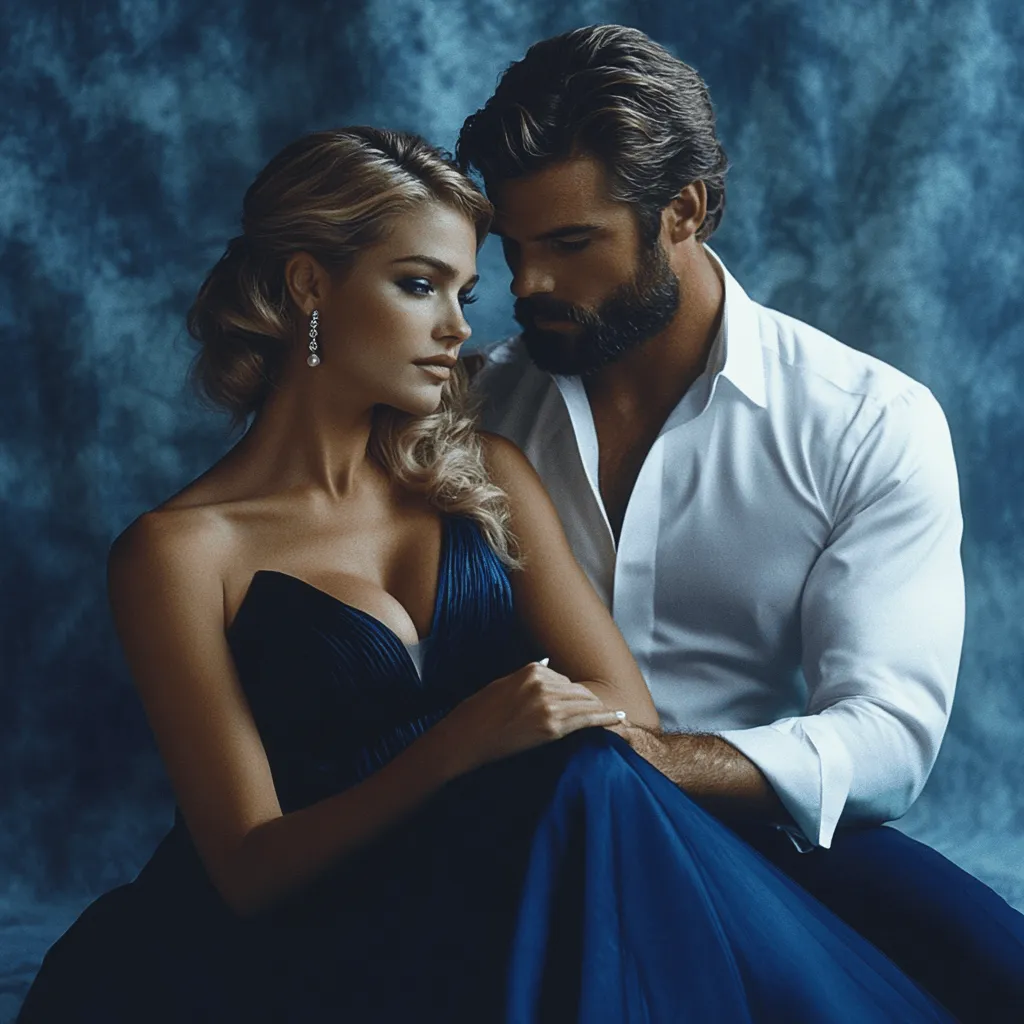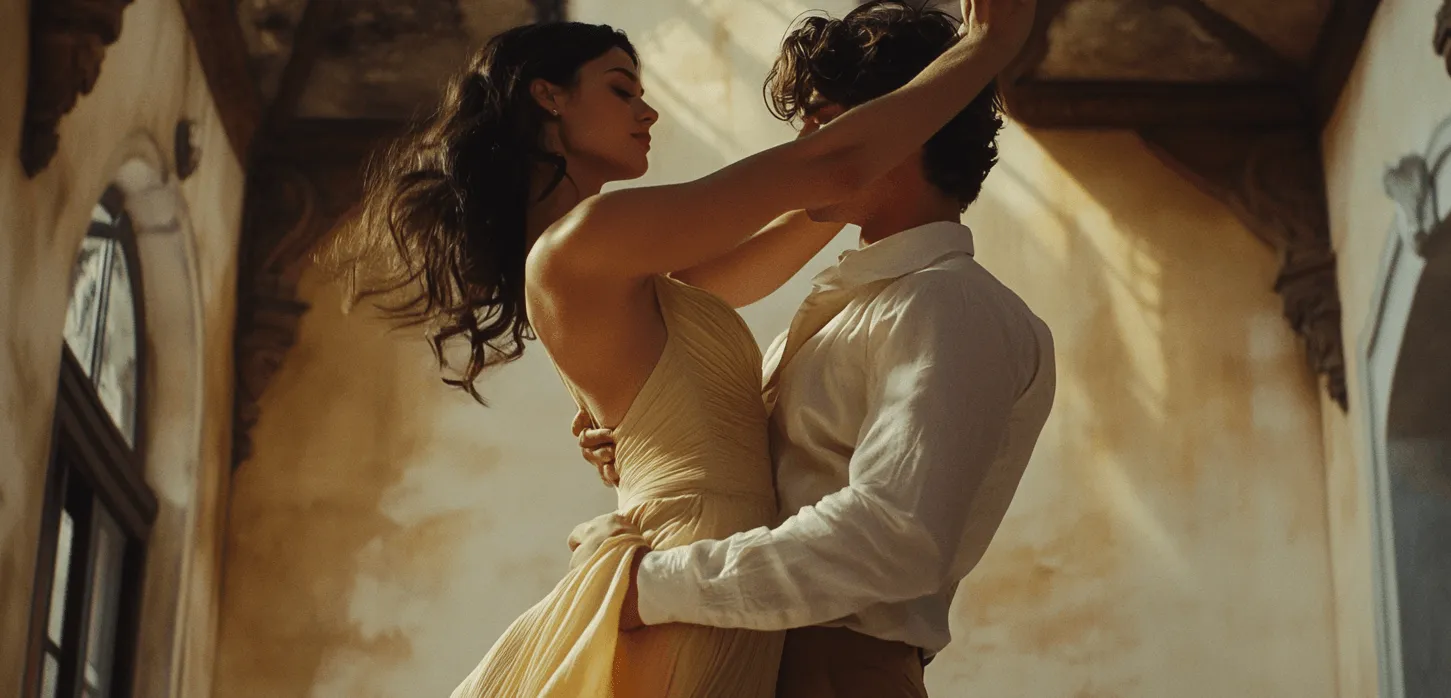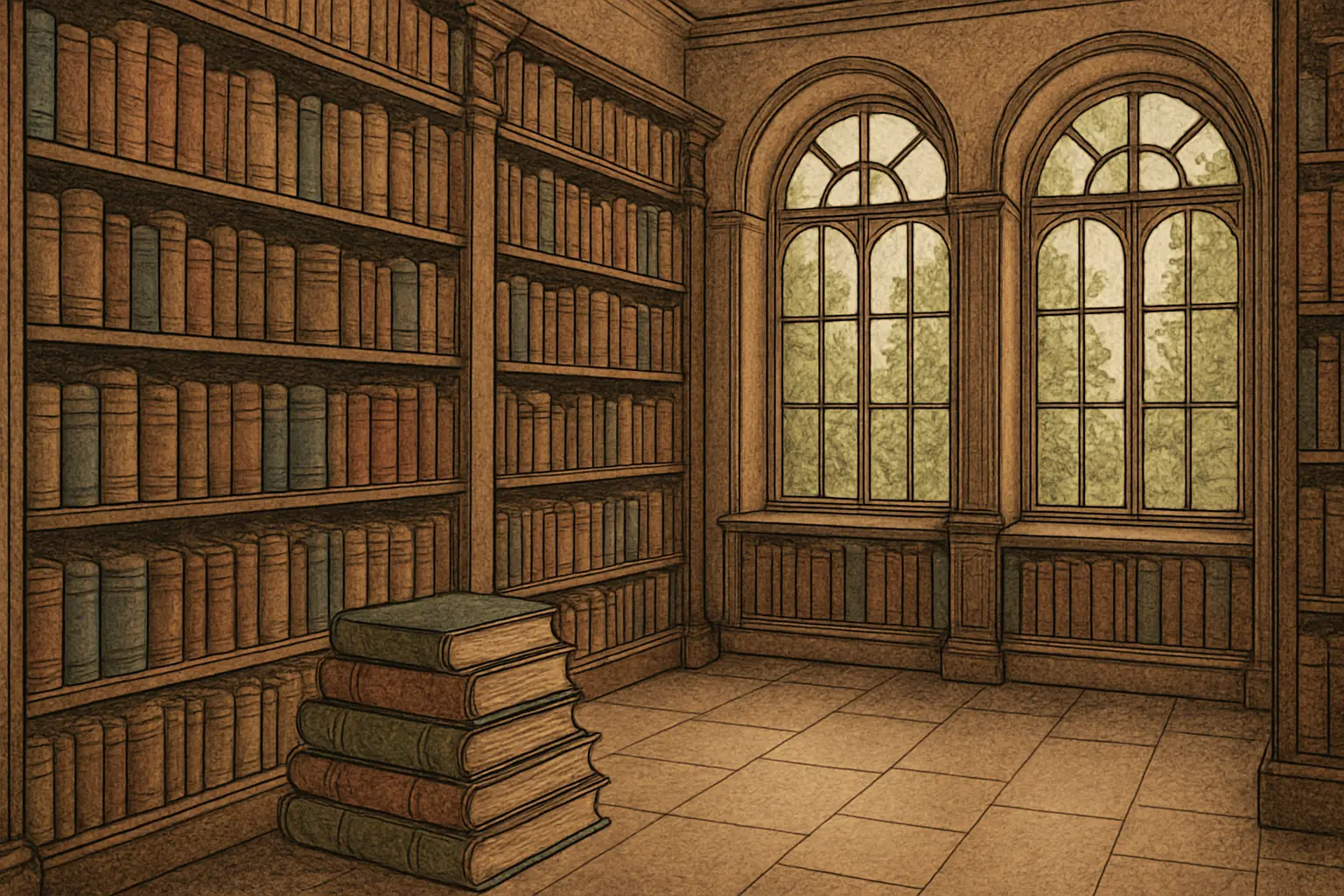Table of Contents
ToggleA “Damsel in Distress” character in romance books is typically a female character who finds herself in a vulnerable or dangerous situation from which she cannot escape on her own. She often relies on a male hero to rescue or protect her. This character is usually portrayed as being in need of help, emphasizing her helplessness and dependency, which often serves as a catalyst for the male hero’s actions and development in the story.
Origins of the Trope
The “Damsel in Distress” trope has roots in ancient myths and fairy tales. Stories like Greek myths and medieval legends often featured women who needed saving by male heroes. In the Middle Ages, chivalric tales and knights’ adventures made this idea popular, with women being rescued from danger. Early romance novels continued this pattern, making the damsel in distress a common character.
Over time, this trope became a staple in romance stories, symbolizing the idea of male heroism and female vulnerability.
Galatea Romance Books with a “Damsel in Distress” Character
- Hated by My Mate by Nathalie Hooker.
A brief overview: Aurora is just a simple maid and never imagined she could be the fated mate of a strong, handsome alpha. Alpha Wolfgang feels the same—he believes Aurora will never be his Luna. He rejects their mate bond and makes it his mission to make her life difficult. However, Aurora is unaware that the Moon Goddess has bigger plans for her future…

- The Wolfskin Series by A. Makkelie.
A short summary: When Mera was fourteen, her life took a drastic turn after witnessing her best friend being attacked by wolves. Now, six years later, she moves to Norway with her family, hoping to leave those memories behind. She feels a strong pull toward a mysterious man, but when he transforms, she’s forced to confront her greatest fear. As secrets come to light and hidden truths are uncovered, Mera must decide if she’s ready to discover who she truly is and whether she can move past the pain of her past to embrace her destiny.
- His Lost Queen by Annie Whipple.
Synopsis: This book follows Belle Dupree, who escapes her abusive mate after being left with painful physical and emotional scars. She tries to start fresh in the small town of Evergreen, Maine, but struggles to move on as her mark constantly aches, and her mate, Grayson, keeps trying to communicate with her through their unbreakable mind-link. Grayson, now a wolf-vampire hybrid, is determined to find Belle and prove that he wasn’t the one who hurt her. He also has a life-altering secret about her destiny to reveal. Meanwhile, Grayson must protect Belle from the vampire king, who is also hunting her, before time runs out.
Examples in Other Books
Here are some classic examples of “damsel in distress” characters in old books and literature:
- Andromeda from Greek mythology: In the myth, Andromeda is chained to a rock as a sacrifice to a sea monster and is rescued by the hero Perseus.
- Juliet Capulet from Romeo and Juliet by William Shakespeare: Juliet often finds herself in vulnerable situations where she relies on Romeo to help her escape family pressures and eventually plans to run away with him.
- Ophelia from Hamlet by William Shakespeare: Ophelia is portrayed as fragile and dependent on the men in her life, particularly Hamlet, leading to her tragic end.
- Sleeping Beauty (Princess Aurora) from The Sleeping Beauty fairy tale: Aurora falls into a deep sleep caused by a curse and must be rescued by a prince who awakens her with a kiss.
- Guinevere from Arthurian legends: Often depicted as a damsel in distress, Guinevere is frequently rescued by knights, including Sir Lancelot, from various perilous situations.
Evolution of the Characters – How They Are Depicted Today
| Time |
Depiction |
Agency |
Relationships |
| Past | Traditionally, the damsel in distress was often depicted as weak, passive, and entirely dependent on a male hero for rescue. Her role was to be beautiful and vulnerable, waiting for a prince or knight to save her. | These characters usually had little to no control over their circumstances. Their primary function in the story was to serve as the motivation for the male protagonist’s heroism. | In older stories, rescuing the damsel was often the hero’s reward, symbolizing the completion of his quest or the proof of his valor. |
| Present | Today’s damsels may start in distress but are often portrayed with inner strength and resilience. They may grow and evolve throughout the story, learning to overcome their challenges without solely relying on a male savior. | Modern damsel characters are often given more depth and agency. While they might still face challenging situations, they are more likely to play an active role in their own rescue or contribute to the resolution of the conflict. | Many contemporary romance books intentionally subvert the damsel in distress trope, either by having the female character save herself or even rescuing the male character instead.
Modern romance focuses more on partnerships where both characters support and empower each other, rather than one rescuing the other. |
Character Depiction: A Detailed Guide
In modern romance books, the “Damsel in Distress” character often keeps some traditional traits. However, these traits are usually updated or changed for today’s storytelling.
Physical Traits:
-
Appearance:
- Often described as conventionally attractive, with features that emphasize vulnerability (e.g., delicate features, smaller stature).
- May be depicted as physically weaker or in a situation that makes her appear fragile (e.g., injured, trapped, or at a disadvantage).
-
Injuries or Illness:
- Might be physically incapacitated in some way, which could contribute to her needing help or rescue.
-
Youthfulness:
- Often portrayed as young or youthful, which can accentuate her perceived need for protection.
Emotional Traits:
-
Vulnerability:
- Tends to show emotional vulnerability, expressing fear, anxiety, or helplessness in challenging situations.
- Her vulnerability may be genuine, but in modern portrayals, it’s often paired with hidden strength or resilience.
-
Innocence:
- May display an innocent or naive outlook on the world, which can make her more susceptible to danger or manipulation.
- This innocence is sometimes used to garner empathy from both the reader and other characters.
-
Desire for Safety and Security:
- She often longs for protection or a safe haven, whether that’s a physical place or a person she can trust.
Behavioral Traits:
-
Passivity with Moments of Agency:
- Traditionally, the damsel is passive, waiting to be saved. But in modern stories, she might take action at key moments, showing she’s growing. At first, she might rely on others, but as the story goes on, she learns to take charge of her own future.
-
Emotional Expression:
- She tends to openly show emotions like fear or sadness. This makes her more relatable to readers and helps them connect with her.
-
Developing Independence:
- In today’s romances, the damsel often starts off depending on others but gradually becomes more independent. Her journey is about learning to stand up for herself and overcoming her fears, showing personal growth.
-
Seeking Help:
- While she may ask for help or accept it when needed, modern stories emphasize mutual support rather than total dependence on someone else.
The damsel in distress trope in romance is changing, with more nuanced and empowered portrayals on the horizon. As readers look for stories that match today’s values and complexities, this trope is evolving. We’re seeing new versions that connect with modern audiences while still keeping the emotional depth and romantic tension that make these stories so engaging.




